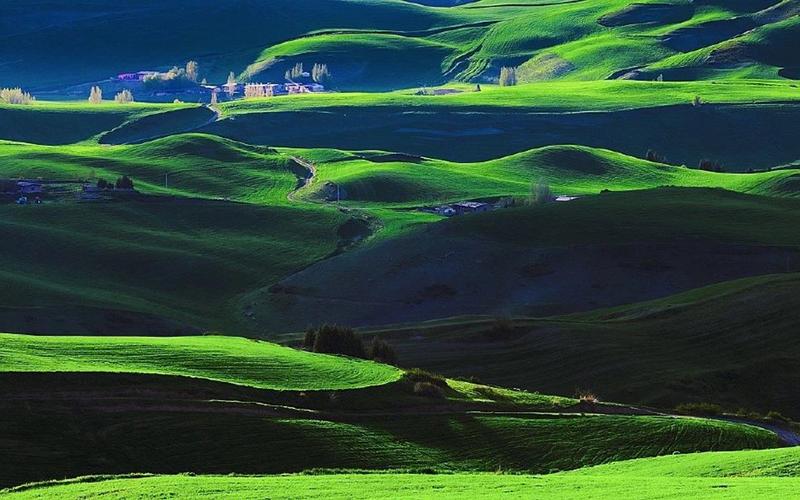Discovering Art from Different Cultures: From African Masks to Japanese Prints
Art has always been an integral part of human culture. Every nation and every culture has its own unique way of expression through art. Whether it is through sculpture, painting, or printmaking, art has the power to convey emotions, tell stories, and preserve history. In this article, we will explore the diversity of art from different cultures and how it adds richness to our collective cultural heritage.
African Masks: The Playful and the Sacred
African masks are one of the most recognizable and mysterious forms of art. They come in different shapes, sizes, and materials, and are used for various purposes, from entertainment to religious rituals. Some African masks are designed to be playful and humorous, while others are sacred and highly symbolic.
The Dogon people of Mali, for instance, have a tradition of using wooden masks called Kanaga in their religious ceremonies. The masks represent the spirits of the dead and the ceremonies are meant to honor and communicate with them. The masks are characterized by their vertical shape, with two or four horizontal arms, and their intricate geometric designs.
On the other hand, the Baule people of Ivory Coast have a tradition of making wooden masks with round faces and slightly opened mouths. These masks are used in entertainment and are known for their playful and cheerful expressions. They are used in festivals and mask dances, which involve music, dance, and storytelling.
Japanese Prints: The Beauty of Nature and Everyday Life
Unlike African masks, Japanese prints are known for their delicate and detailed depictions of nature and everyday life. Japanese prints, also known as ukiyo-e, were widely popular during the Edo period (1603-1868) in Japan and have influenced the works of many Western artists, including Vincent van Gogh and Claude Monet.
One of the most famous ukiyo-e artists is Katsushika Hokusai, who is known for his iconic print series “Thirty-six Views of Mount Fuji.” The series captures the beauty and serenity of Japan’s highest mountain from different angles and in different seasons. The prints are characterized by their bold compositions, vibrant colors, and intricate details.
Another notable ukiyo-e artist is Kitagawa Utamaro, who is famous for his portraits of beautiful women, or bijin-ga. His prints depict the women in everyday situations, such as combing their hair, playing with a pet, or reading a letter. The prints are characterized by their intricate patterns, delicate lines, and subtle colors.
Conclusion
Art is a universal form of expression that transcends language, culture, and time. It reflects the values, beliefs, and experiences of different communities and enriches our understanding of the world. By exploring the diverse forms of art from different cultures, we can deepen our appreciation of our shared humanity and celebrate our differences. Whether it is through African masks or Japanese prints, art has the power to inspire, transform, and unite.
(Note: Do you have knowledge or insights to share? Unlock new opportunities and expand your reach by joining our authors team. Click Registration to join us and share your expertise with our readers.)
